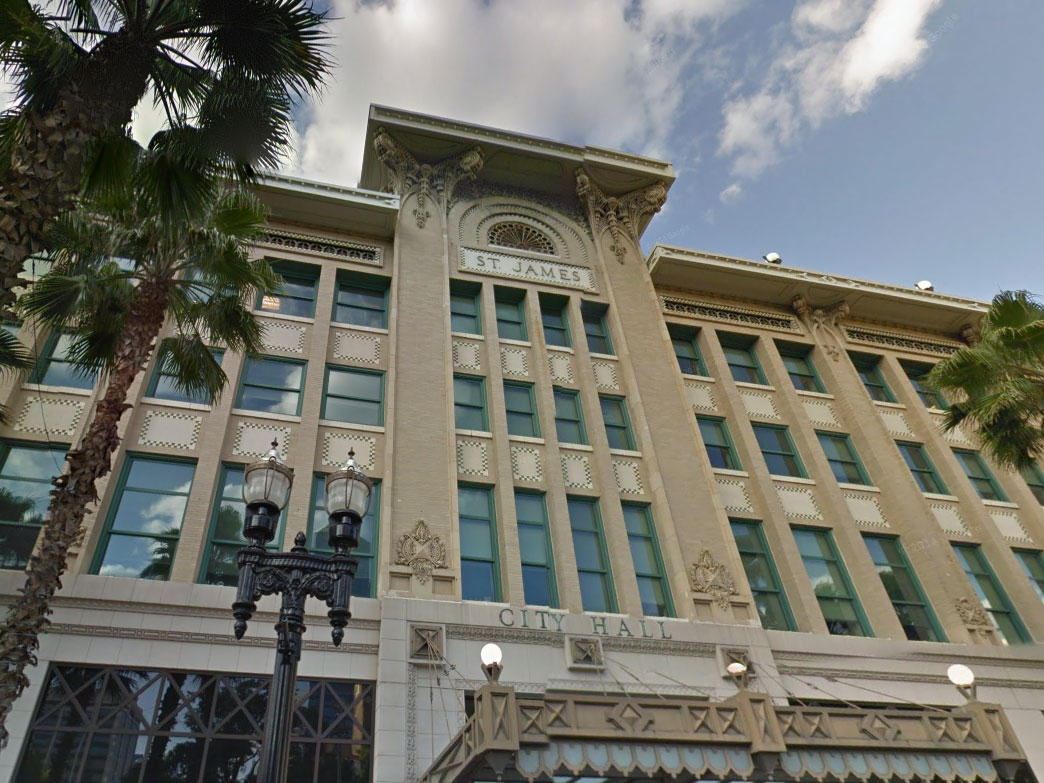
The Loblolly Mitigation Bank consists of 6,274 acres of land in Jacksonville’s Westside by U.S. 301.
It was purchased in late 2003, at the end of the John Delaney administration. The city owns 67.25 percent of the land, which is permitted by the St. Johns River Water Management District and the Army Corps of Engineers for the restoration and preservation of uplands and wetlands.
In 2016, the Jacksonville City Council — after 13 years – audited this ongoing relationship between the Loblolly Mitigation Preserve [LMP] and the city.
Long story short, the audit should have happened much sooner. The city is short $4.71 million as a result, and the auditor’s office encourages amendments to the agreement, and urges this city to pursue all remedies.
The skinny on this deal: “On December 3, 2003, LMP acquired the land from a developer at a price of $12,250,000. That same day, the city purchased the land from LMP for $17,444,900. The purpose of the purchase and the Use Agreement was to make 384 wetland credits available to the city to be used in offsetting wetland impacts created by the numerous roadway and drainage projects that the city was going to be undertaking. Rather than purchase the credits outright, the city opted to invest in a mitigation bank that was anticipated to be able to produce excess credits beyond the city’s needs. Additionally, LMP was to provide the city excess mitigation credits beyond the 384 credits.”
The council auditor’s report says that the city has benefited from the deal, both in terms of receiving wetlands credits and in revenue gains: “As of December 31, 2013, the city had received $25,741,686 in sales proceeds (after taking into account management fees paid to LMP) for a net gain of $8,296,786 from the initial $17,444,900 investment.”
However, the council auditor contends there have been issues, including lots of activity by the Loblolly Mitigation Preserve outside of the scope of the contract, and city oversight of the whole deal being subpar, which means, essentially, the city wasn’t actually verifying whether or not it has been properly compensated in this deal.
City credits, at times, were delivered late. LMP made credit sales without having credits to sell.
Essentially, the council auditor believes the city could be due $3 million to make it whole.
“The city should seek compensation of $2,123,124 for the improperly claimed credit sales … the city should seek compensation from LMP for the unauthorized trade between the city and LMP in the form of monetary reimbursement ($927,510) or credit replenishment,” the auditor’s report asserts.
Also disputed: excess management fees in the amount of $1,603,681 paid from the city to LMP, and a net under-compensation for credit sales of $27,237 from LMP to the city.
And still another issue: LMP overselling the credits, which the mayor’s office called “surprising and troubling” in the report.
“Because LMP did not have credits available for sale, LMP should have claimed a marketing fee rather than participating in the sale. With this understanding, LMP should have charged a marketing fee on 24 of the 202 (11.88 percent) city-involved credit sales. The application of this marketing fee is estimated to be $572,026 based on credit sale values at the time,” claimed the auditor’s report.
What looks certain: the Lenny Curry administration will have to renegotiate terms with LMP.




One comment
William Coleman
October 6, 2016 at 5:48 pm
Looking at the U.S. Army Corps of Engineers ledger for this mitigation bank, it’s no wonder there is confusion. The original accounting for mitigation credit withdrawals seems to be very confused. For details see: https://ribits.usace.army.mil/ribits_apex/f?p=107:10:15028901260650::NO::P10_BANK_ID:109. This reinforces the need for standard accounting practices at all levels of the mitigation banking marketplace.
Comments are closed.